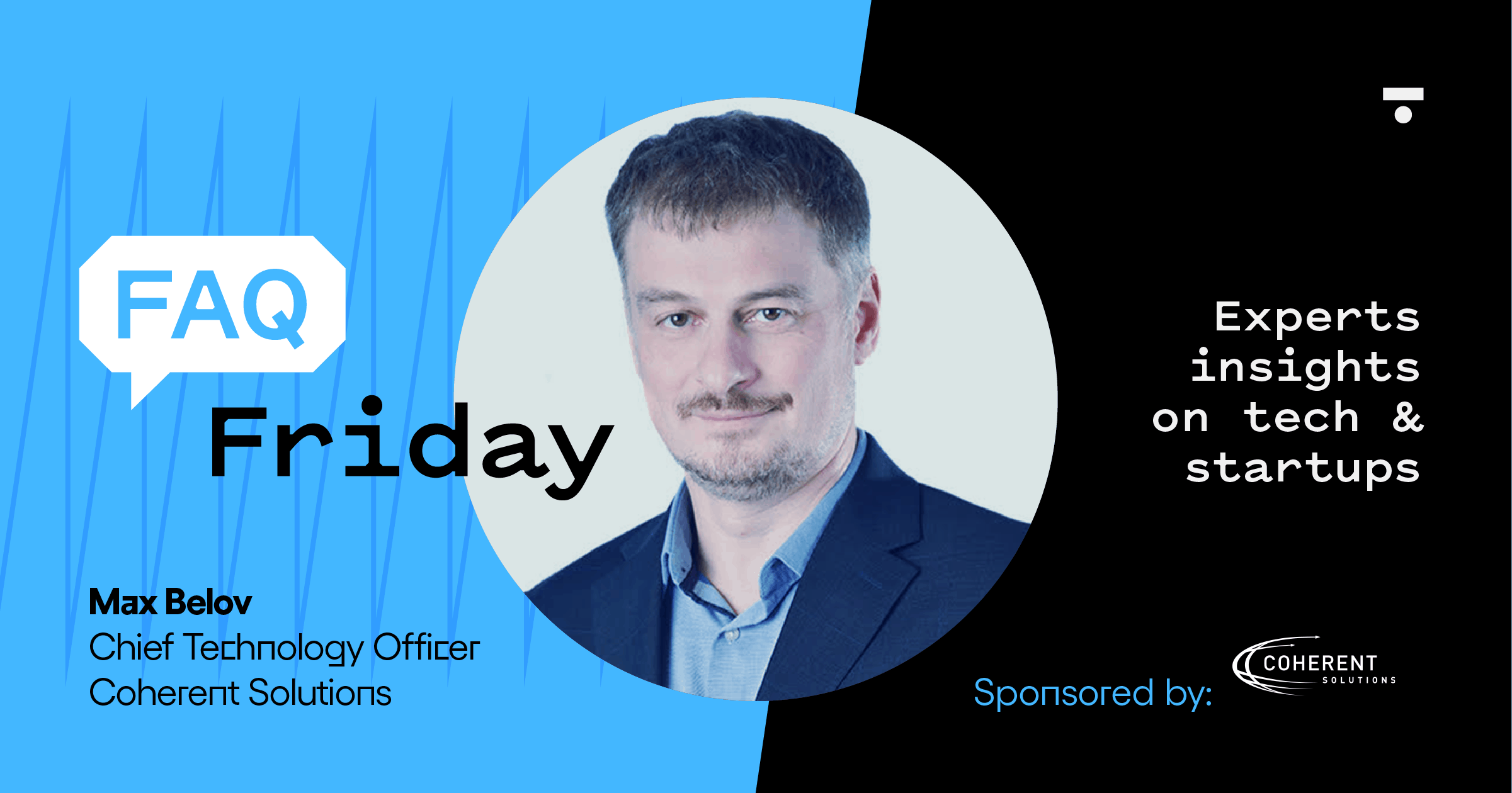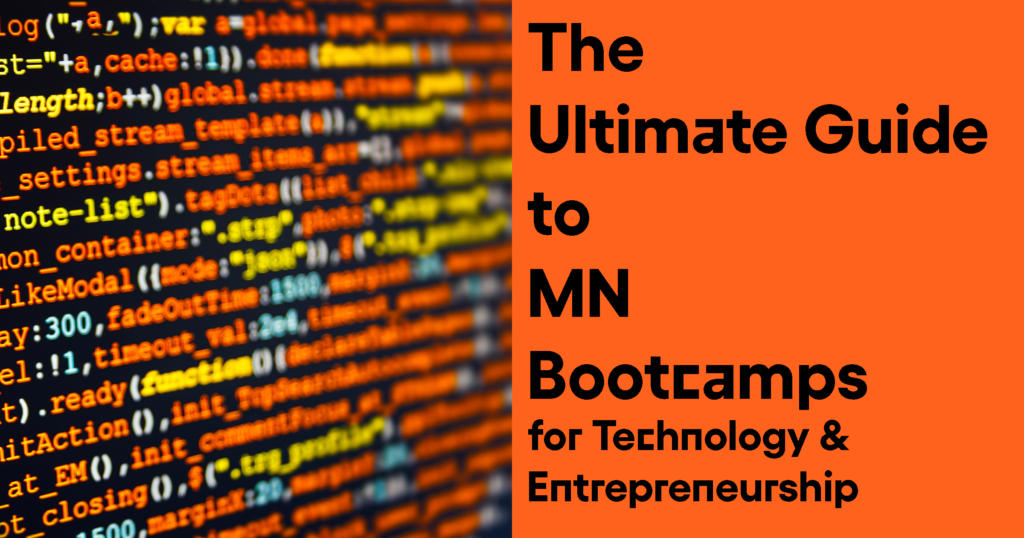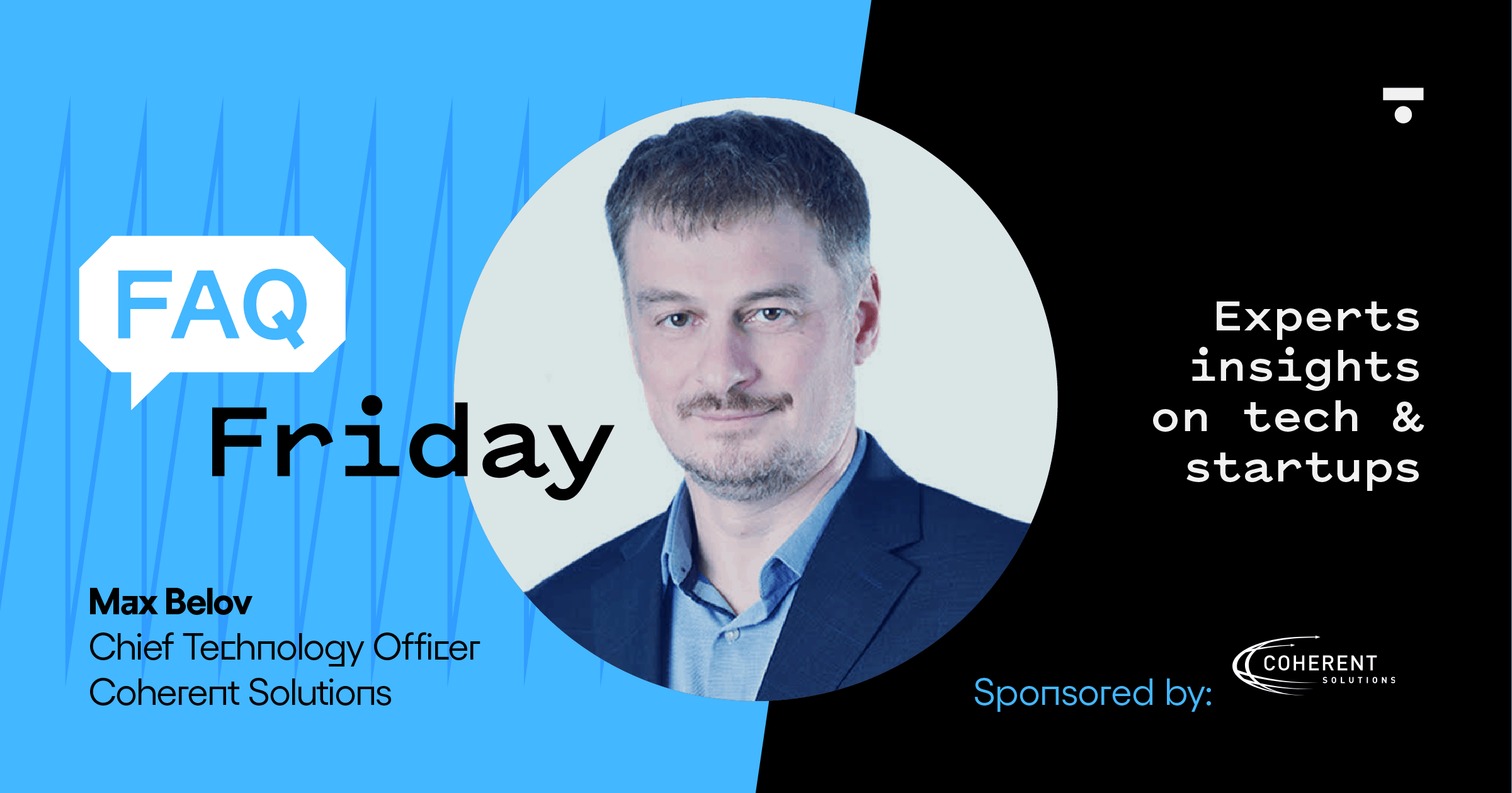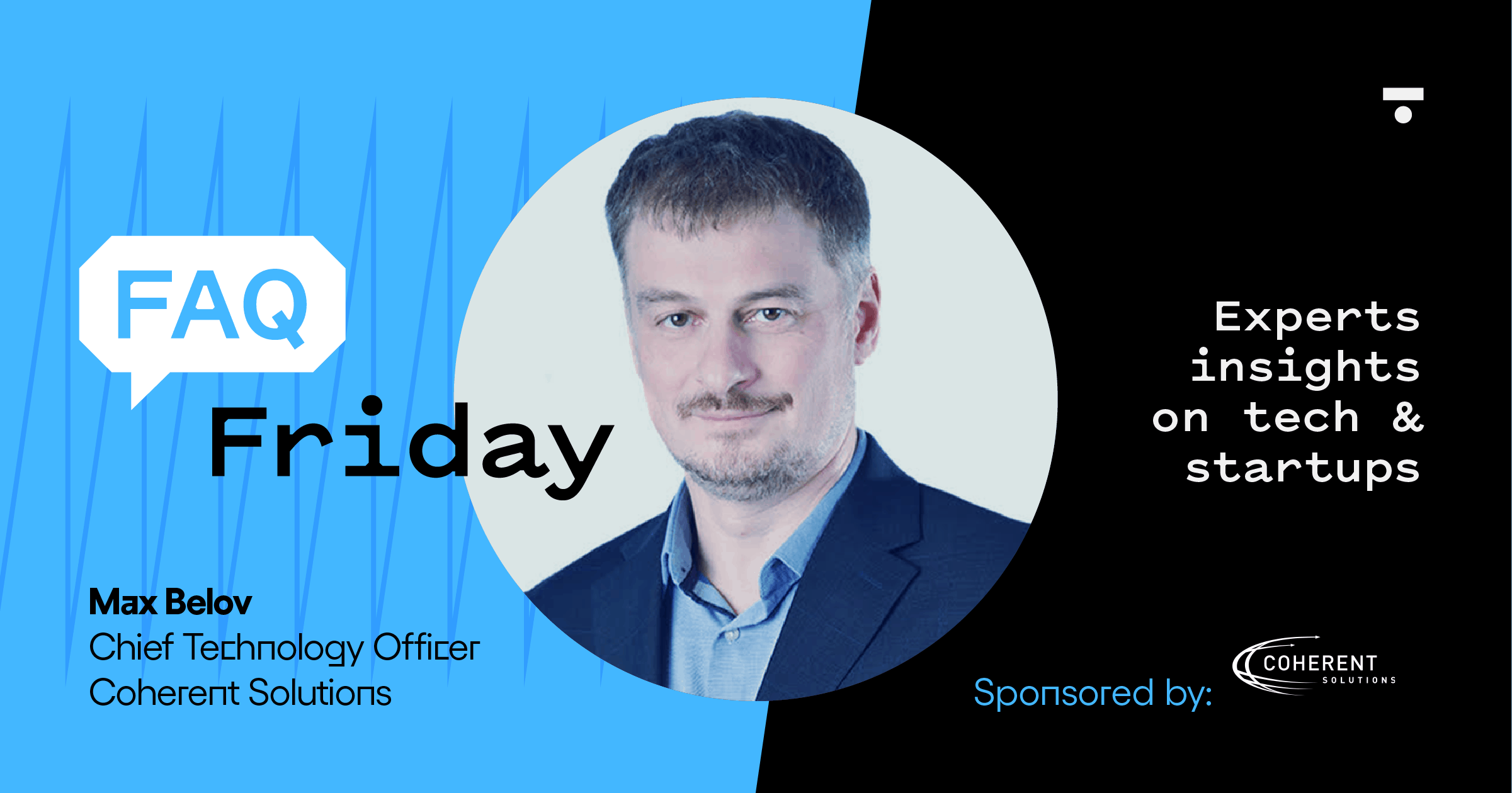This week’s FAQ Friday is sponsored by Coherent Solutions. Read more about the company and its services at the bottom of this post.
This Week’s FAQ Topic — Wearable Tech
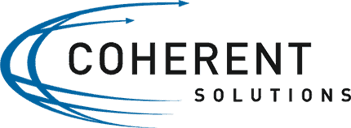
Is wearable tech still relevant?
Wearables may seem like a bit of an old topic — after all, smartwatches and personal connectivity solutions are so 2015. That was the year when our Coherent team started building new solutions to bring business apps to the wrist screen, leveraging connected heart rate monitors for improved training routines. Since then, the novelty seems to have worn off. Some solutions did get traction, and some fizzled out or never caught on. The fitness industry is where, unsurprisingly, the technology gained the most ground. At this year’s CES, which is taking the stage in January in the all-virtual format, the wearables topic showcased prominently under the Health and Wellness category.
With the global pandemic of 2020, vendors worked on more capabilities and sensors attached to connected devices, such as blood oxygen and blood glucose level measurement. This feature helps consumers keep themselves healthy as well as enables healthcare providers to give better remote care and treatment management. This technology also addresses challenges with in-person clinic visits, offers better treatment of chronic conditions and improves patient outcomes.
Some companies, like Oura Ring, are creating new form factors for wearable tech. Others, like Amazon Halo, are sticking to more established approaches like fitness bands, augmenting with app and voice analysis capabilities to help the device stand out from the completion.
And then let us not forget manufacturers of exercise equipment building connectivity directly into treadmills and bikes.
Aren’t all wearables really a consumer technology focused on health and fitness?
The nature of all these connected wearable solutions is that they focus on a person. After all, that is the reason we are wearing them. Eventually, as these solutions become more ubiquitous, their usefulness and applications expand beyond specific use cases and individuals. In a way, we are heading to the world where there will be human digital twins as more and more of an individual’s biometrics, biochemistry, behaviors and activities will become represented digitally.
We do not need to wait until this complex representation becomes even a remote approximation of an actual live person. Some use cases can be realized now—without being directly related to a fitness or health routine. Wearable connected devices bring significant innovation into the world of productivity, manufacturing safety and other domains.
A simple Bluetooth ring worn as a fashion statement can easily serve as a replacement for an access card for employees. You may want to think of an additional factor to be used for more security-sensitive scenarios where an employee’s cell phone nearby is needed to provide access to the office.
As we are coming to terms with what could become a new normal for a post-pandemic world, managing occupancy and social distancing may become a requirement, along with contact tracing. Most solutions are focused on using smartphones for tracking people’s movements and whereabouts. A solution leveraging simpler connected wearable sensors may provide better protection for individuals’ privacy since we do not really need to know who the visitors to a restaurant are, only how many of them are there and occupancy patterns during the day.
What do we need to think about to incorporate wearable tech into our business or enterprise strategy?
Whatever the innovative use case your organization comes up with — offering a new service to consumers, improving employees’ productivity and safety, automating business processes — security and privacy should be the top concerns. Even if your organization is not required to maintain the privacy of customers or employees by law or regulation, you would still want to make sure that you only collect the minimum amount of data needed for use cases and store it securely. Only applications and systems that need certain data for implementing a piece of functionality should have access to that data. Engineers and support personnel should not have access to the data unless they absolutely need it to perform job functions.
In addition to traditional access control management and access audit, enterprises should look to leverage ideas driving self-sovereign digital identity management (SSI) and zero-knowledge proofs (ZKP) that will help use data, while keeping individuals in control of that data without actually storing it in some centralized repository where it could be more vulnerable to one of those breaches that we have seen too many recently.
Another component you must consider for solutions — either implementing yourself or giving preference to a solution that has it — is artificial intelligence and machine learning (ML). ML can help uncover hidden patterns not easily identified algorithmically or drive desired behaviors without well-defined rules with the vast amounts of unstructured data that wearable connected devices generate. Regression and clusterization models help predict future outcomes or identify good, positive and bad, negative behaviors. Deep learning approaches help recommend the best course of action to improve productivity or achieve the best results.
All in all, we believe that wearable connected technology and the innovative use cases it enables will remain a key component of digital transformation for years to come.
Interested in more technology offerings? See how Coherent Solutions can help.
More About Our Sponsor
Coherent Solutions is a software product development and consulting company that solves customer business problems by bringing together global expertise, innovation, and creativity. The business helps companies tap into the technology expertise and operational efficiencies made possible by their global delivery model.
Meet Our FAQ Expert
Max Belov, CTO of Coherent Solutions
Max Belov has been with Coherent Solutions since 1998 and became CTO in 2001. He is an accomplished architect and an expert in distributed systems design and implementation. He’s responsible for guiding the strategic direction of the company’s technology services, which include custom software development, data services, DevOps & cloud, quality assurance, and Salesforce.
Max also heads innovation initiatives within Coherent’s R&D lab to develop emerging technology solutions. These initiatives provide customers with top notch technology solutions IoT, blockchain, and AI, among others. Find out more about these solutions and view client videos on the Coherent Solutions YouTube channel.
Max holds a master’s degree in Theoretical Computer Science from Moscow State University. When he isn’t working, he enjoys spending time with his family, on a racetrack, and playing competitive team handball.

